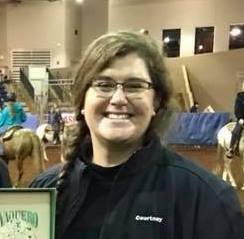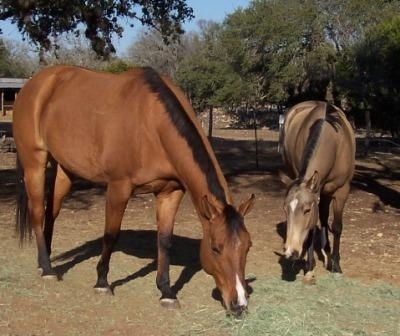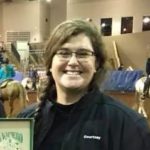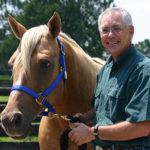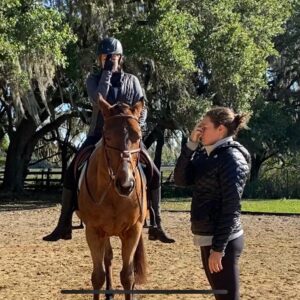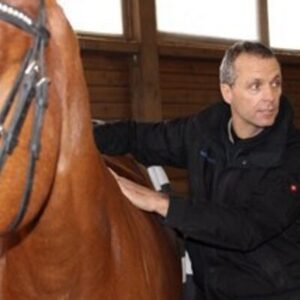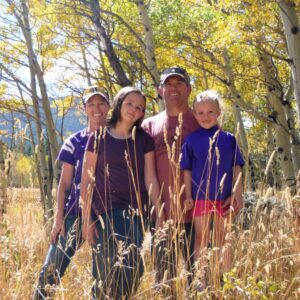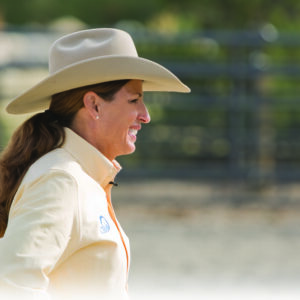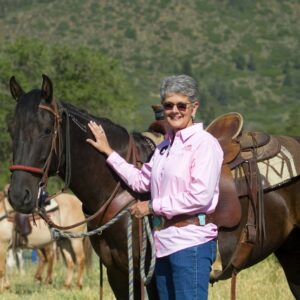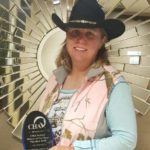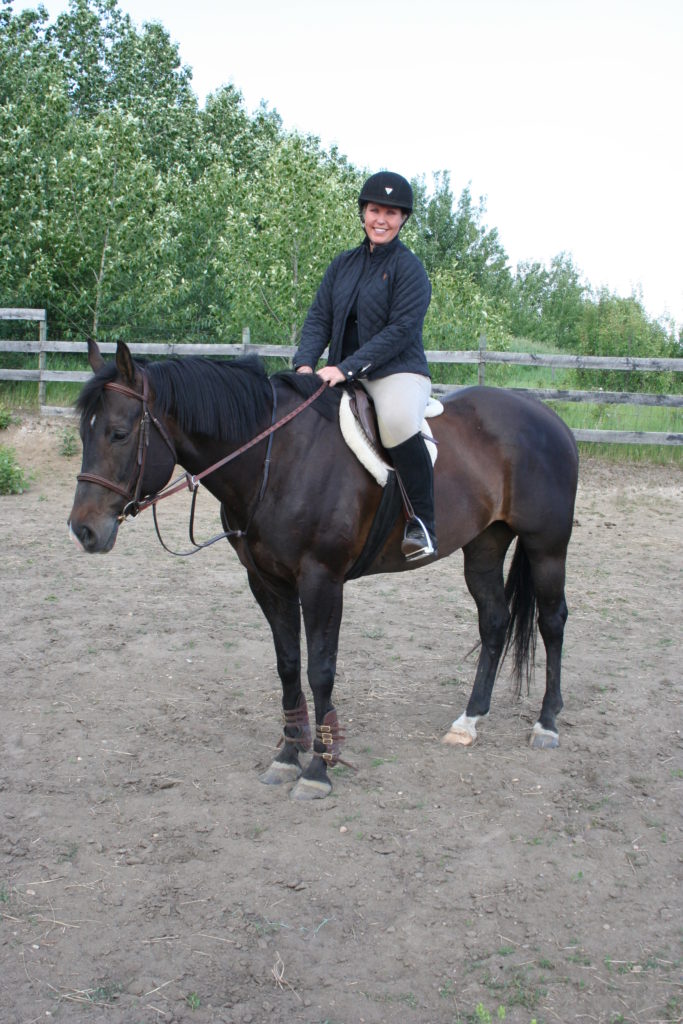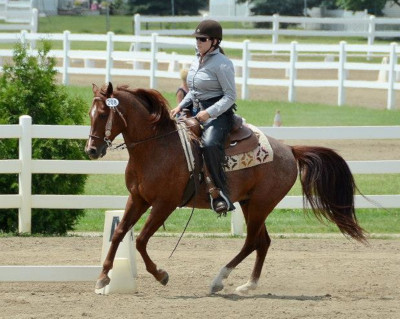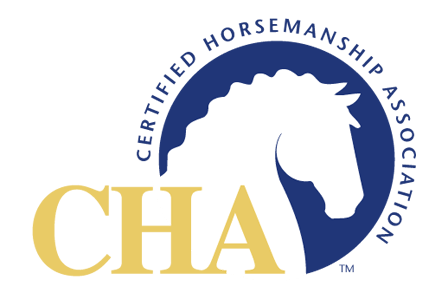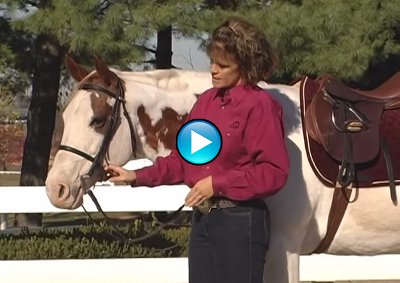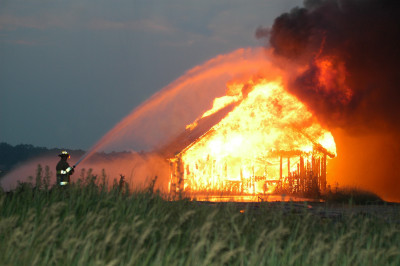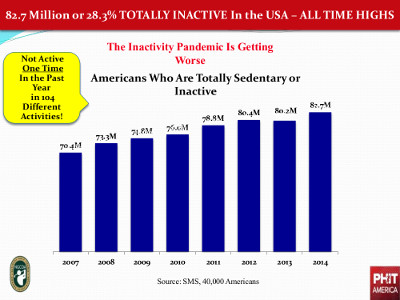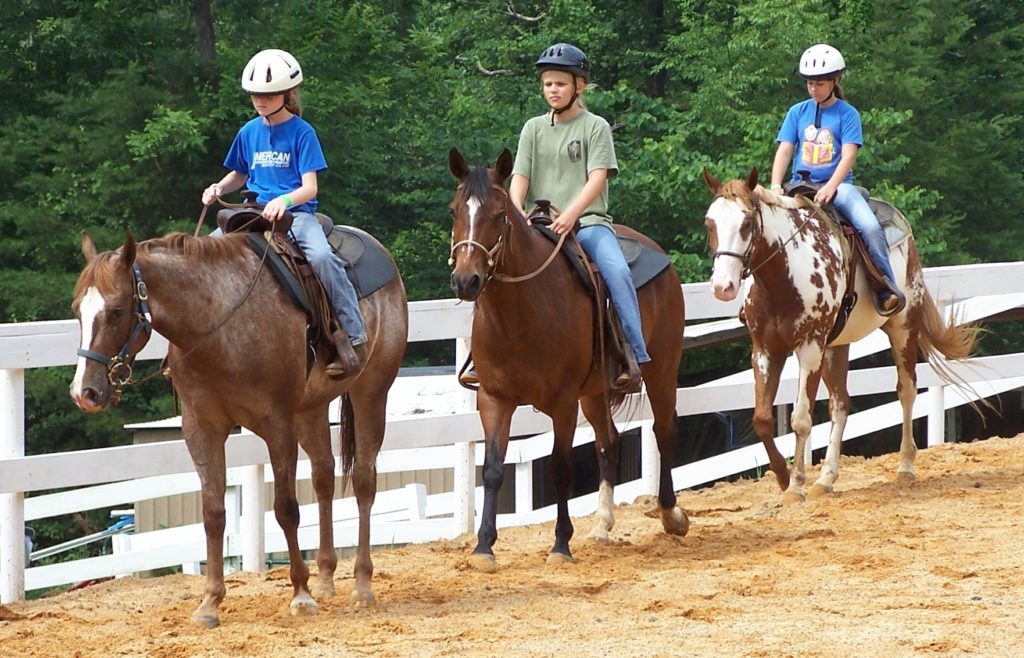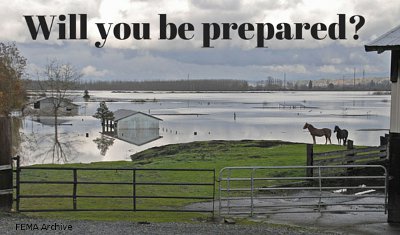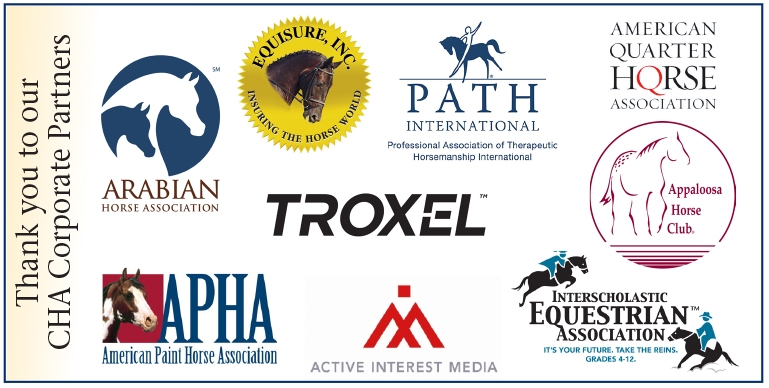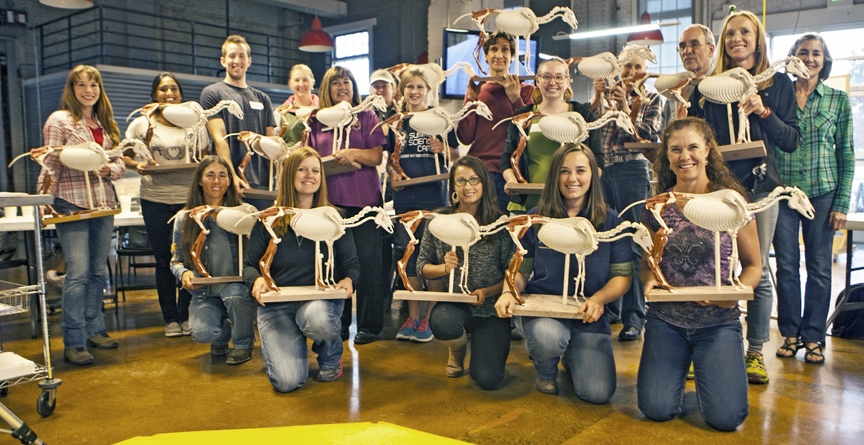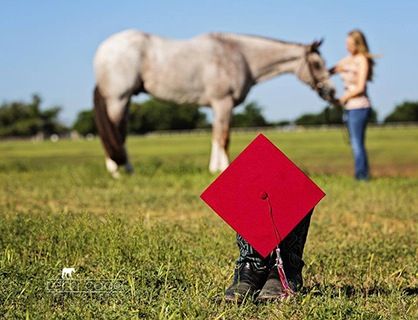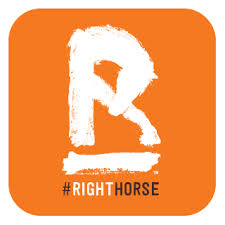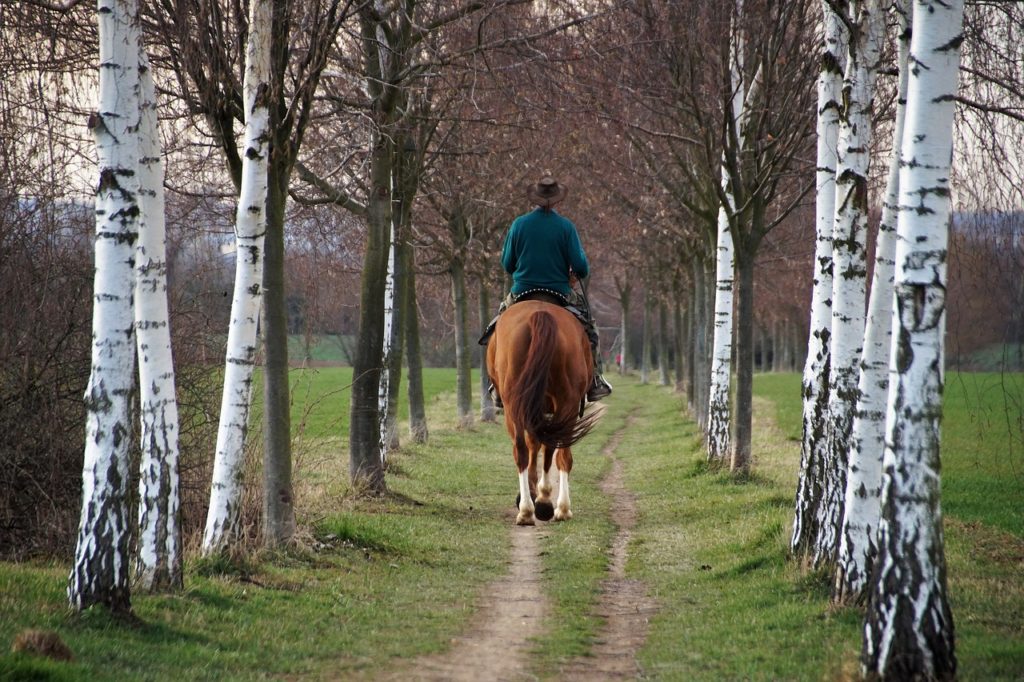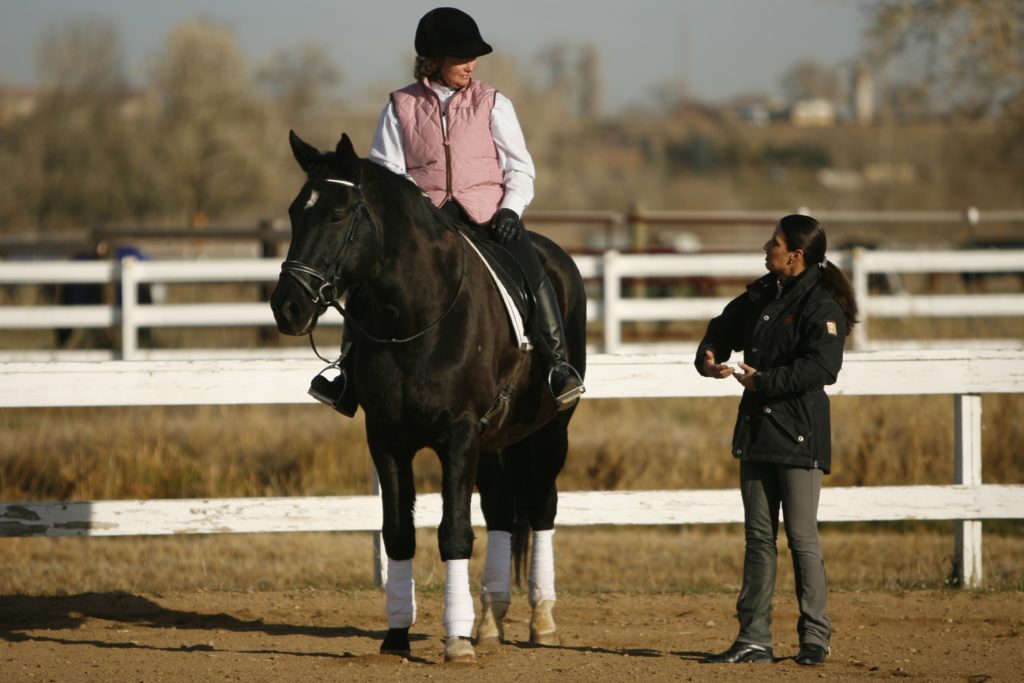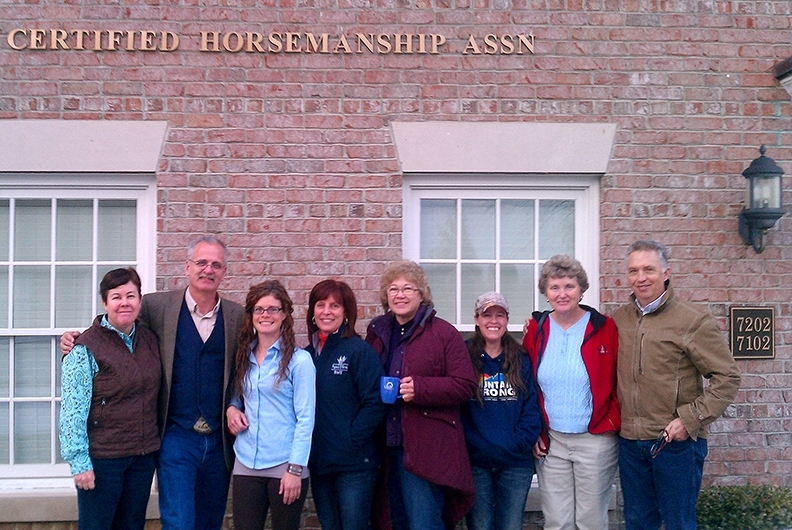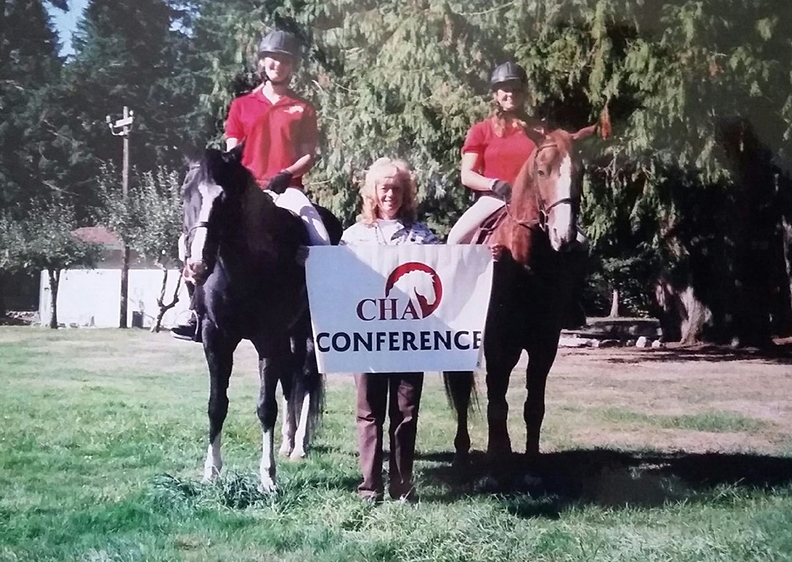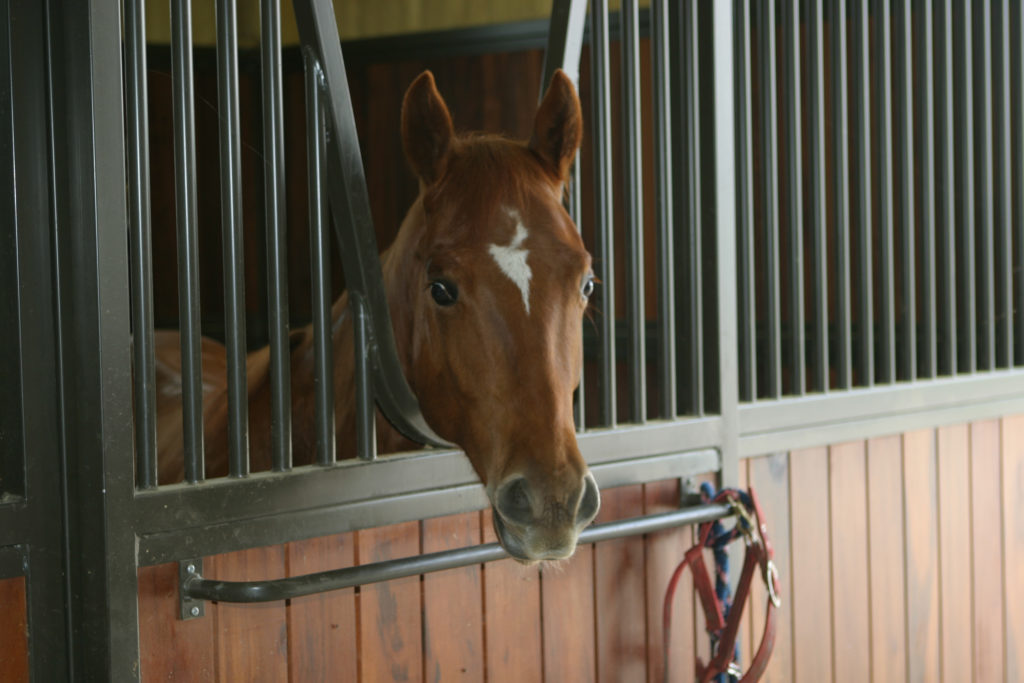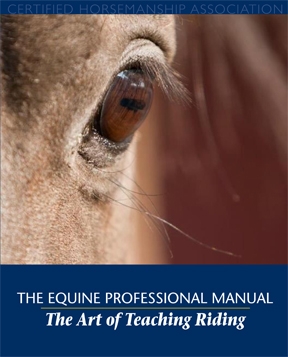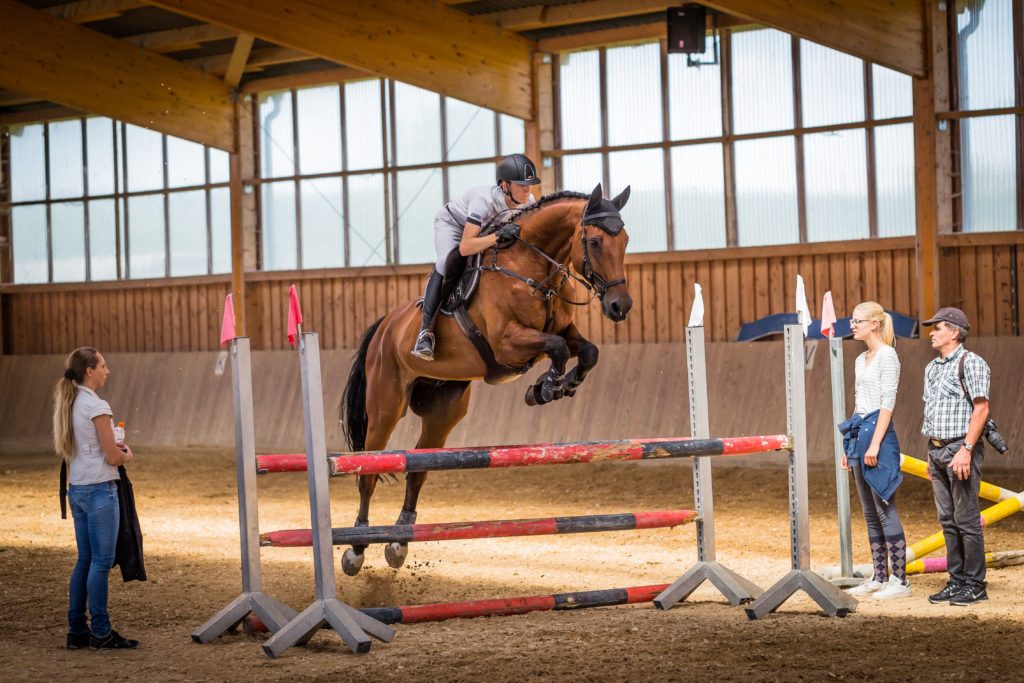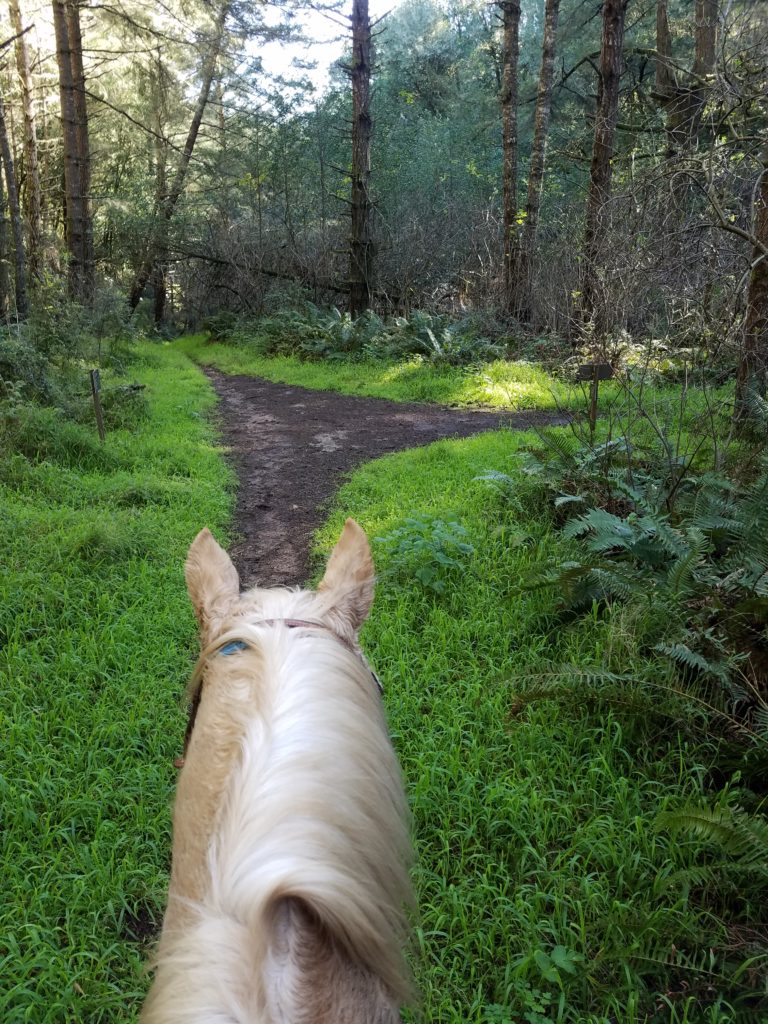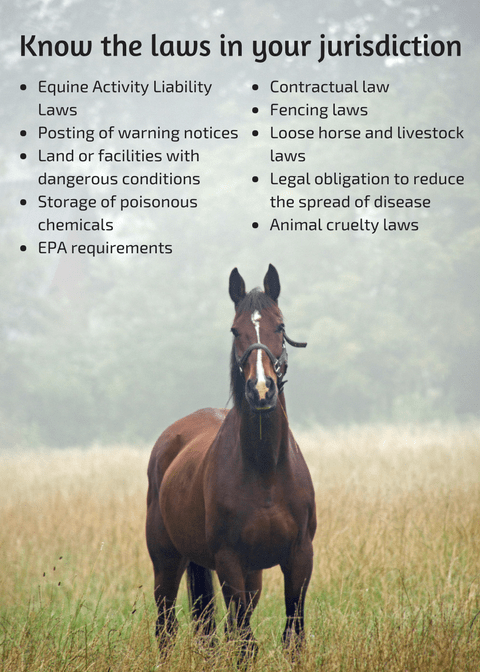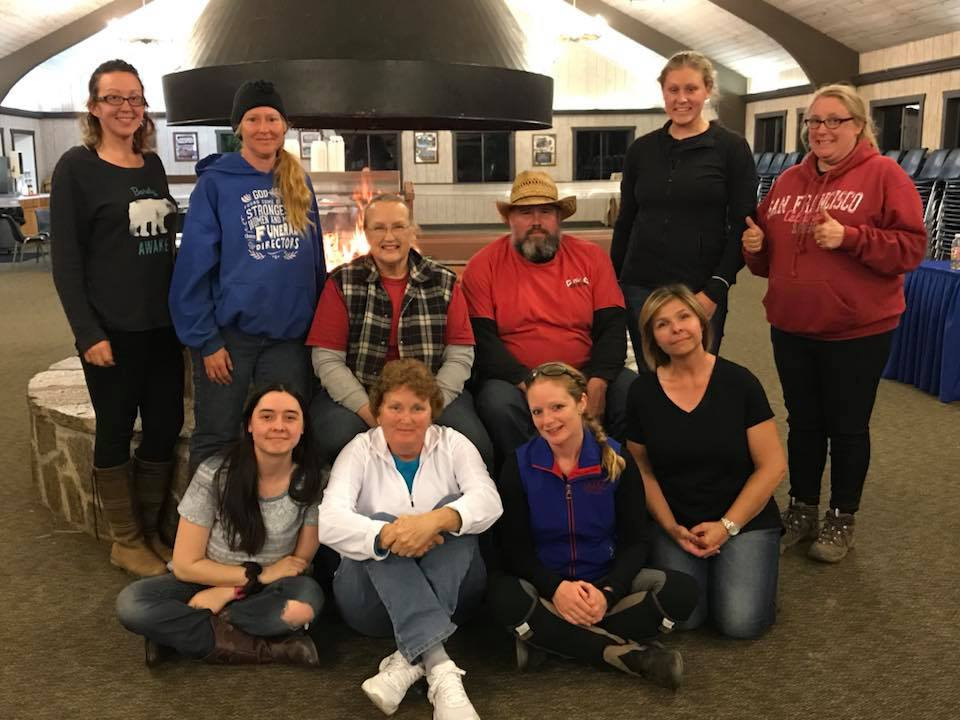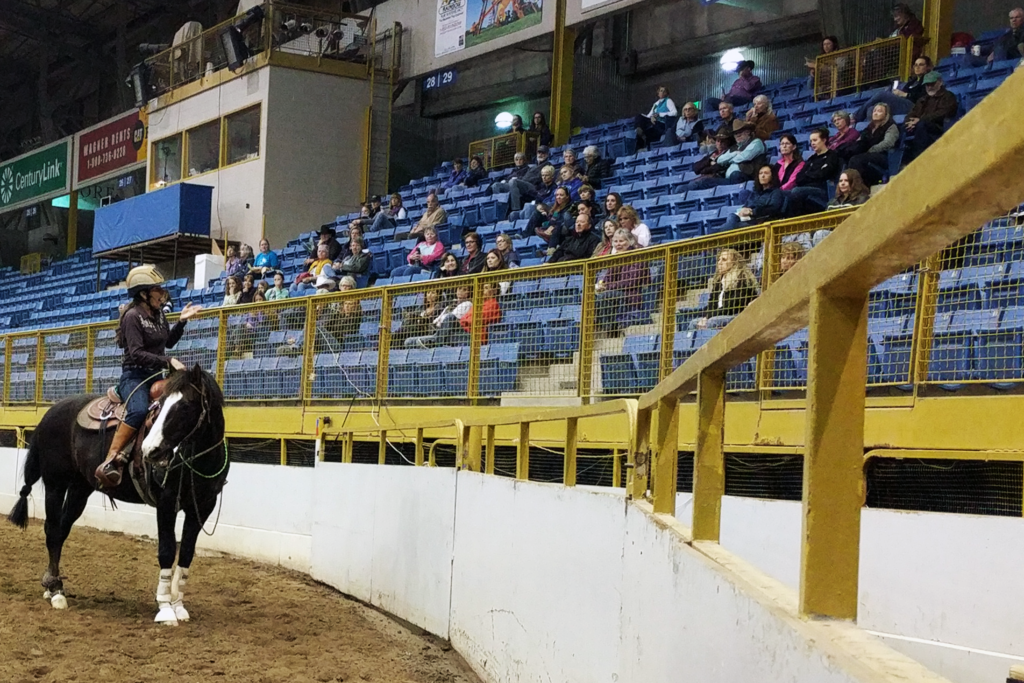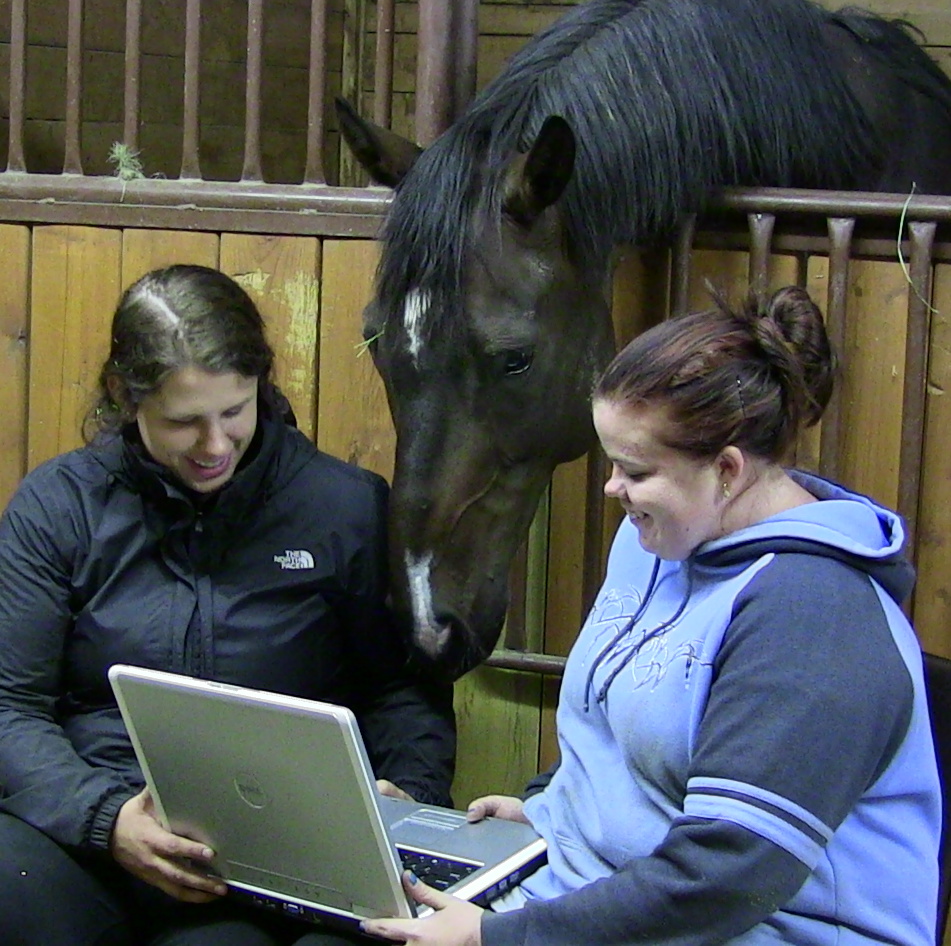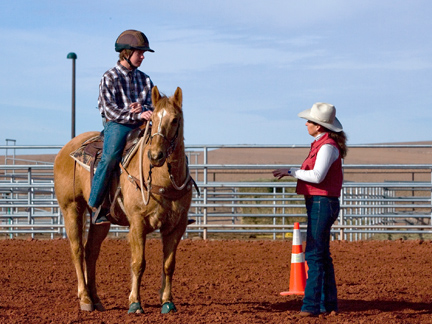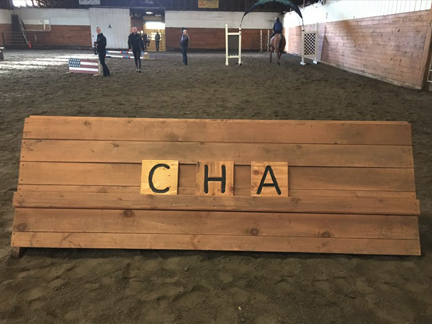By Sarah Evers Conrad
There are a variety of colleges and universities with equine-related programs across the United States and Canada. Some have become Program Members with the Certified Horsemanship Association (CHA) due to all the benefits CHA offers Program Members. If you’re a high school student looking for colleges and universities with equestrian programs, here is a list of CHA-affiliated programs for your consideration.
Asbury University: This CHA-Accredited facility is located in the sleepy town of Wilmore, KY, outside of Lexington, KY. With a Christ-Centered program, their goal is to minister using horses while providing a solid equine science curriculum with hands-on work. Courses in stable management, horse training, conformation, lameness, reproduction, and ranch management are just a few options. Asbury also has a vaulting team and a police mounted training program. The major in Equine Facilitated Wellness ties into a Psychology major.
CHA Certifications
Canyonview Equestrian Center and College: This CHA-Accredited facility is also an approved host site for CHA events. Located in Silverton, Oregon, in the Willamette Valley, Canyonview combines religious studies with horsemanship. Students have lessons in dressage, hunt seat, and western weekly in the first year, with combined training, reining, and cutting being integrated into the second year of studies. Students also get to train a young horse under saddle, as well as learn about facility design and management, herd management, equine nutrition, herd health, and equine reproduction. Students participate in two CHA Certification Clinics, and the CHA curriculum is used in courses on teaching technique.
CHA Certifications
Central Wyoming College: This CHA-Accredited facility and CHA-approved Host Site in Riverton, Wyoming, offers an Associate of Science Degree in Horse Science, Associate of Applied Science to Horse Management and Credentials in Equine Training Technology, Horse Management, Farrier Science, and Teaching Riding. In addition, there is a certificate in Horse Management.
https://cha.horse/cha-certifications/#college-university-facility-certification
Houghton College and Riding Camp: This CHA-Accredited facility and CHA-approved Host Site is in Houghton, NY, for students who want to get a minor in Equine Science or a Bachelor of Science in Recreation and Leisure, which focuses on outdoor education/camp administration and equestrian studies. One of the theory requirements is CHA Rider Instructor Certification with an elective in CHA-IRD. The school teaches equine industry management, therapeutic riding, history and philosophy of training, teaching, and judging. Many students end up as riding instructors, therapeutic riding specialists, trainers, or stable or program administrators.
CHA Certifications
Laramie County Community College: Located in Cheyenne, WY, this college offers an Associates in Science in Equine Business Management or Equine Science, and an Associate of Applied Science in Equine Training Management or Rodeo Production Management. Their equestrian team is part of the Intercollegiate Horse Shows Association, which participates in about 12 horse shows per year. There are also men’s and women’s rodeo teams.
CHA Certifications
McLennan Community College/Highlander Ranch: Located five miles from the main campus for McLennan Community College in Bosqueville, TX, Highlander Ranch is where students take classes for Veterinary Technology and Agriculture for the Associate Degree Program, as well as where students take classes for the Veterinary Assistant Certificate Program. In addition, the ranch offers horseback riding lessons, camps, equine boarding, and continuing education courses for the community. There is a large covered arena, meeting rooms, facilities for rent, pastures, and a picnic area.
CHA Certifications
Middle Tennessee State University: Middle Tennessee State University (MTSU) offers an undergraduate degree in Horse Science and a concentration under an Animal Science degree; a Master of Science with a concentration in Equine Education, Equine Physiology, or Industry Management; a horse judging team; a stock horse association; and an equestrian team. Classes include horsemanship, equine care, animal care and welfare, horse breeds and genetics, horse production, farrier science, equine event and facility management, reproduction and breeding, eq uine industry, nutrition and feeding, behavior and training, equine evaluation and selection, teaching horsemanship, equine exercise physiology, and more. tudents will spend a lot of time at the MTSU Horse Science Center in classrooms, an equine reproduction laboratory, the heated barn with 65 climate-controlled stalls, an enclosed arena, and an outdoor arena and jump course. A 2,500-square-foot annex is in the planning phases. The judging team competes regionally and nationally and has won major competition.
Midway College Equine Program: Located in Midway, KY, right outside Lexington, KY, Midway College offers a Bachelor of Science or an Associate of Science in Equine Studies. Students also have access to local boarding and breeding operations, sales and racing, equine association headquarters, therapy centers, animal health and pharmaceutical companies, and renowned veterinary practices in the area. The college also has a minor in Equine Studies for Biology majors who may want to continue on to post-graduate programs in Animal/Equine Science or Veterinary School. The facilities at Midway include a working horse farm with hands-on learning with a large herd of horses of all breeds and disciplines. Areas of concentration within the major include horse business management, horse rehabilitation or horse science, along with business or sport management.
https://cha.horse/cha-certifications/#college-university-facility-certification
Ohio University Southern Campus: Located in Ironton, OH, this CHA-Accredited facility trains students for professional positions within the horse industry. Students can choose from several tracts, which include riding instruction, therapeutic riding instruction, assistant trainer, farm business and management, pre-animal science/pre-veterinary technology. The core classes include equine studies introduction, basic equine health care, basic horse handling, and facility management. Other options include classes for teaching techniques, farm design/stable management, horse judging, horse show and event management, business management, studies in equine issues, nutrition, anatomy and physiology, lameness and conditioning, Western riding, English riding, horse evaluation and selection, training and evaluating lesson horses, pasture management, shoeing, and much more.
CHA Certifications
Savannah College of Art and Design: Located in Savannah, GA, the Savannah College of Art and Design offers an advanced equestrian studies degree. There is an equestrian team that is no stranger to winning championships. Equestrian studies classes include Western art; equine business management; horse care and management; principles and theories of riding and training horses; barn construction, design, and facility layout; equine anatomy; equine systems, disorders, and lameness; rules and regulations for competition horses; equine business law and ethics; judging and selection of performance horses; course design; and more. Their facilities include an 80-acre ranch with barns, arenas, pastures, a covered riding arena, and SCAD-owned horses and those boarded by students.
https://cha.horse/cha-certifications/#college-university-facility-certification
South Dakota State Equestrian Team: The Department of Animal Science at South Dakota State offers the South Dakota State Equestrian Team, which became the 21st varsity sport at SDSU in 2004. In 2008, their $3.6 million climate-controlled facility opened with an indoor riding arena, 42 stalls, grooming and wash areas, and on-site vet and farrier work areas. In addition, the Horse Club have trail rides, clinics, rides in parades, social activities, and volunteer work at the Gentle Spirit Horse Rescue. The Equine Studies program offers classes in horse management, Western horsemanship, English horsemanship, equine health and diseases, fundamental equine nutrition, horse production, stable management, reproductive management, yearling halter training, two-year-old saddle training, equine issues and leadership, draft horses, trimming and shoeing, and an equine internship.
CHA Certifications
St Andrews Equestrian Program: Located in Laurinburg, NC, this program at St. Andrews University offers majors in Equine Business Management, Equine Science, Pre-Vet, Therapeutic Horsemanship, and Therapeutic Horsemanship Business Management. St. Andrews also offers teams that compete in the Intercollegiate Horse Show Association events, American National Riding Commission Intercollegiate Equitation Championship, at United States Equestrian Federation-rated hunter/jumper shows, and at hunter/jumper and dressage schooling shows. There are multiple barns and covered arenas, an indoor arena, multiple show and teaching arenas, hunter trials courses, jumps, a dressage arena, and more.
CHA Certifications
West Texas A&M University: West Texas A&M University in Canyon, TX, is hosting the 2015 CHA International Conference. The Equine Industry and Business degree prepares students for a career in the horse industry, including production, racing, recreation, competition, and equine-related service industries. West Texas A&M University offers a variety of horse-related student activities, such as Collegiate 4-H and FFA, a horse judging team, a stock horse team, an equestrian team, Block and Bridle, the WT Horseman’s Association, and a Pre-Vet club. Their horse judging teams are some of the best in the country, and since West Texas A&M is a Division II school, their judging teams compete against Division I schools. Also, the Horse Evaluation class that the school offers includes trips to visit top training facilities, and the judging team also competes at the All-American Quarter Horse Congress, the AQHA World Show, the NRHA Futurity, and the AQHYA World Show in Fort Worth, Texas. The WTAMU Horse Center is four miles from Kimbrough Memorial Stadium, and it has 80-acres, an indoor arena, two lighted outdoor arenas, and several round pens. There are around 50 horses in the WTAMU herd.
West Virginia University Equine Studies Program: Located in Morgantown, WV, West Virginia University has a well-rounded equine curriculum combining equine science, horse management, and therapeutic riding courses. The minor in Equine Studies is usually joined with an Animal and Nutritional Sciences major, Agribusiness Management and Rural Development, Agriculture and Extension Education, and majors from outside the Agriculture, Natural Resources, and Design College. Faculty is made up of experienced horse people, and students can be involves in student organizations, undergraduate research, and in working student opportunities.
CHA Certifications
Sarah Evers Conrad is currently the Digital Content Editor at Horse Illustrated and Young Rider magazines. She also owns All In Stride Marketing. She is an award-winning equestrian journalist with a background in magazine publishing, feature writing, news and event coverage, editing, digital marketing, social media, and website management. Conrad has been published in equine publications such as The Horse, Blood-Horse, Equestrian, Arabian Horse Life, USDF Connection, the American Quarter Horse Journal, Paint Horse Journal, Off-Track Thoroughbred, Stable Management, Camp Business magazine, Lexington Family magazine, and HorsesDaily.com and DressageDaily.com. She is also the current editor for the Certified Horsemanship Association’s official publication, The Instructor magazine. Conrad has also edited several books, including CHA’s “The Equine Professional Manual—The Art of Teaching Riding.” Learn more at www.equestrianjournalist.com.



